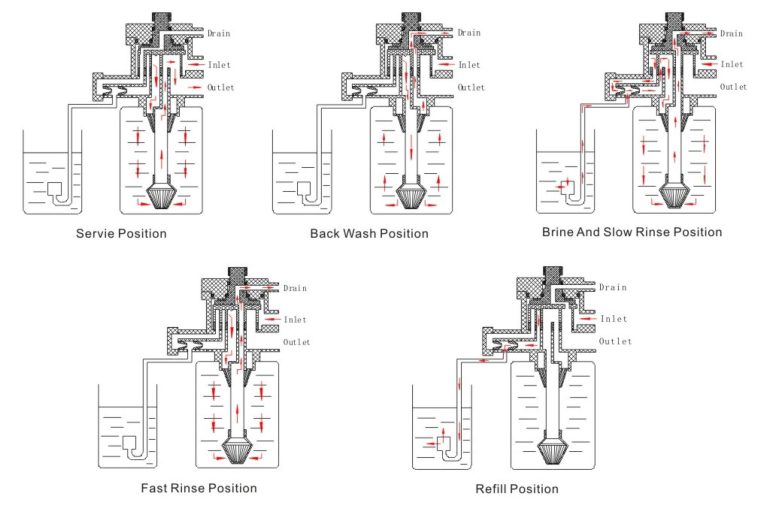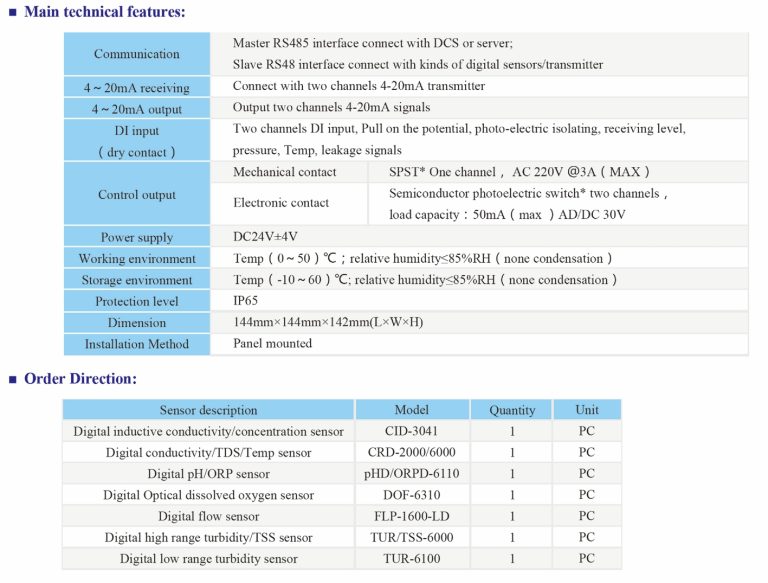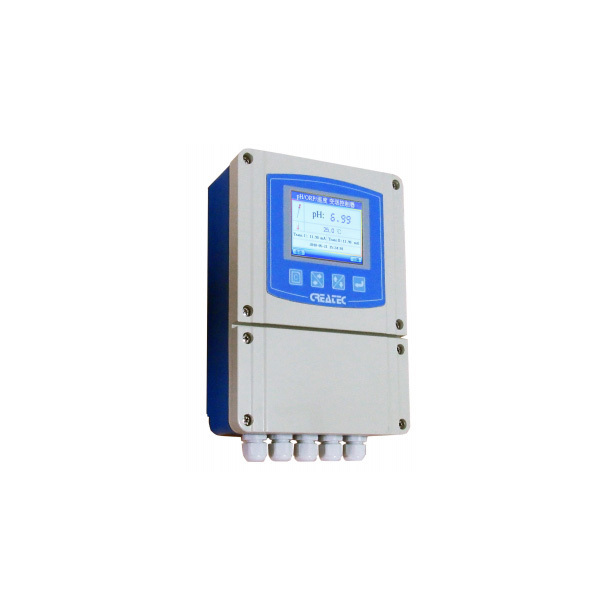“Dissolved Oxygen: The Vital Gas for Aquatic Life.”
Understanding Dissolved Oxygen: Is it a Gas?
Understanding Dissolved Oxygen: Is it a Gas?
Dissolved oxygen is a crucial component in aquatic ecosystems, playing a vital role in supporting the survival of various organisms. But what exactly is dissolved oxygen, and is it a gas? In this article, we will delve into the nature of dissolved oxygen and explore its characteristics.
To begin with, yes, dissolved oxygen is indeed a gas. It is the oxygen gas that is present in the air we breathe, but in a dissolved form in water. Oxygen molecules can dissolve in water through a process called diffusion, where they move from an area of higher concentration (in the air) to an area of lower concentration (in the water). This diffusion occurs at the water’s surface, where oxygen from the atmosphere comes into contact with the water.
The amount of dissolved oxygen in water is measured in milligrams per liter (mg/L) or parts per million (ppm). It is an essential parameter for assessing water quality, as it directly affects the health and well-being of aquatic organisms. Fish, for example, rely on dissolved oxygen to survive, as they extract oxygen from the water through their gills. Insufficient levels of dissolved oxygen can lead to hypoxia, a condition where oxygen levels are too low to support life.
The concentration of dissolved oxygen in water can vary depending on various factors. Temperature, for instance, plays a significant role in determining the amount of dissolved oxygen. As water temperature increases, the solubility of oxygen decreases, resulting in lower dissolved oxygen levels. Conversely, colder water can hold more dissolved oxygen. This is why aquatic organisms often struggle during hot summer months when water temperatures rise.
Another factor that affects dissolved oxygen levels is the presence of photosynthetic organisms, such as algae and aquatic plants. During photosynthesis, these organisms produce oxygen as a byproduct, increasing the dissolved oxygen concentration in the water. However, at night or in areas with excessive algal growth, photosynthesis ceases, and oxygen levels can drop significantly.

Furthermore, the level of dissolved oxygen can also be influenced by human activities. Pollution, particularly from industrial and agricultural sources, can introduce harmful substances into water bodies, leading to a decrease in dissolved oxygen levels. Additionally, excessive nutrient runoff, such as nitrogen and phosphorus, can cause algal blooms, which deplete oxygen as they decompose.
Monitoring dissolved oxygen levels is crucial for maintaining healthy aquatic ecosystems. It helps identify areas where oxygen levels are too low, allowing for targeted interventions to improve water quality. Various methods can be used to measure dissolved oxygen, including chemical tests, electronic sensors, and even visual observations.
In conclusion, dissolved oxygen is indeed a gas that is essential for the survival of aquatic organisms. It is the oxygen gas from the air that has dissolved in water through diffusion. The concentration of dissolved oxygen can vary depending on factors such as temperature, photosynthetic activity, and human activities. Monitoring and maintaining adequate levels of dissolved oxygen are crucial for the health and well-being of aquatic ecosystems.







